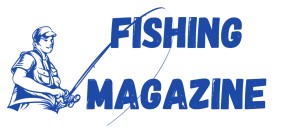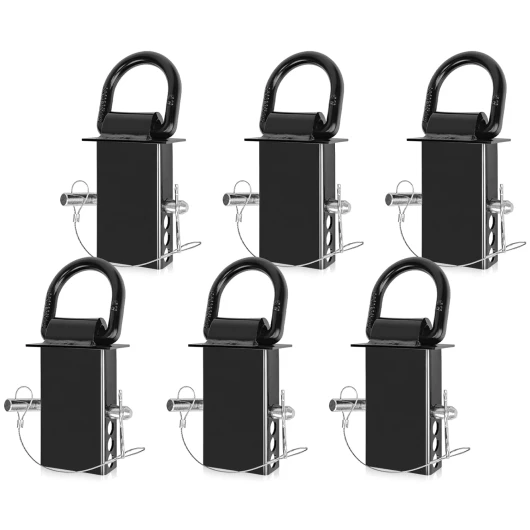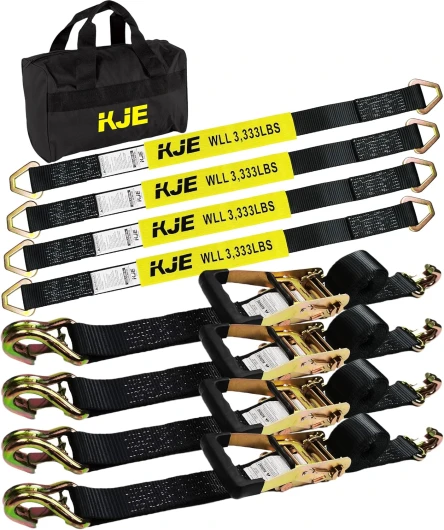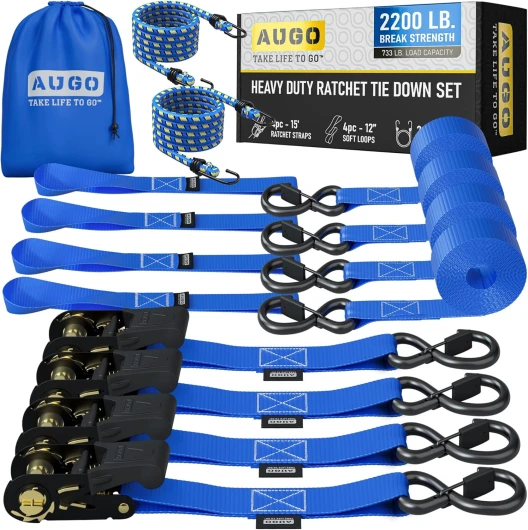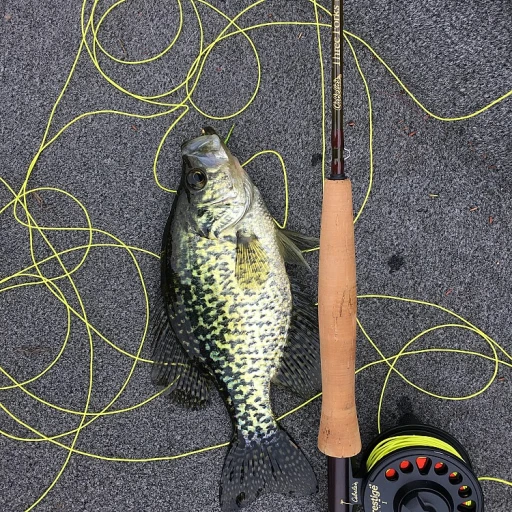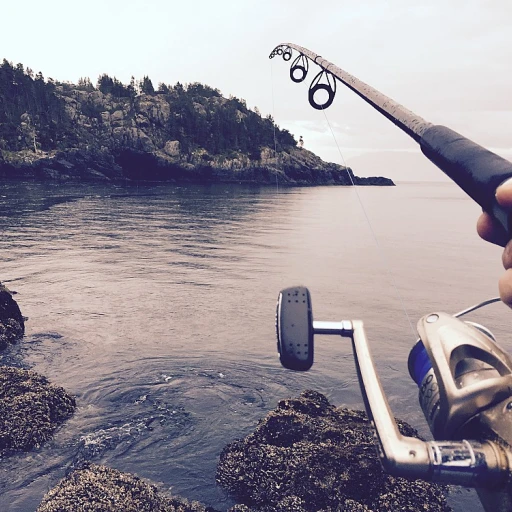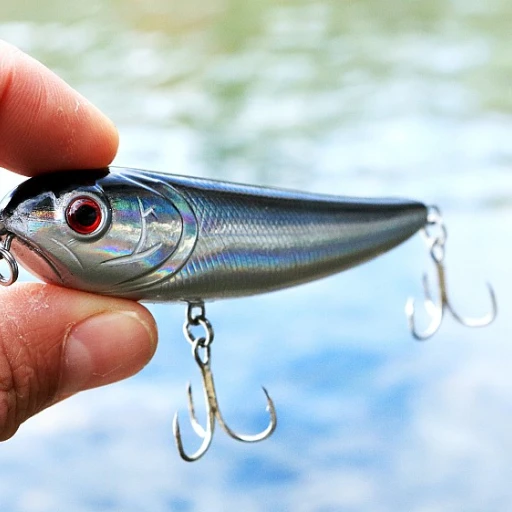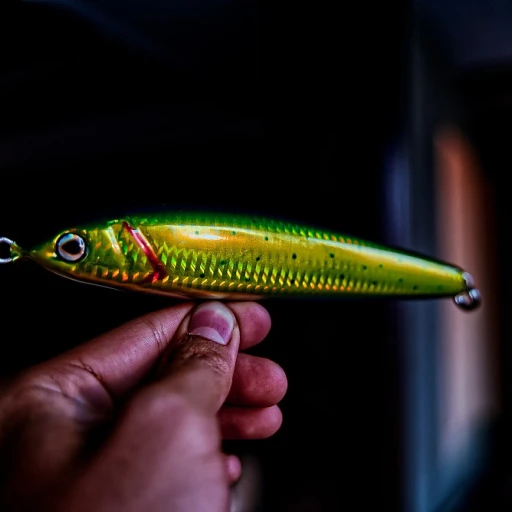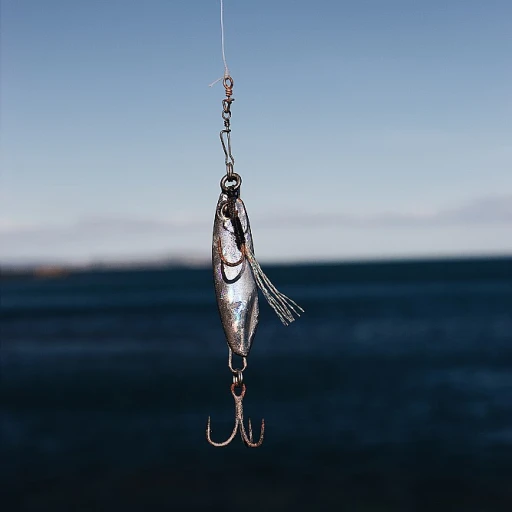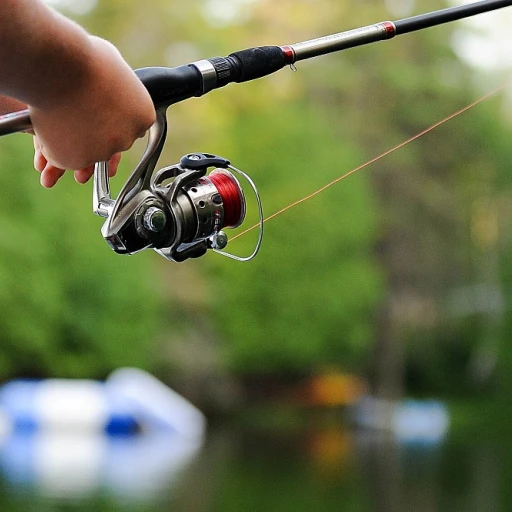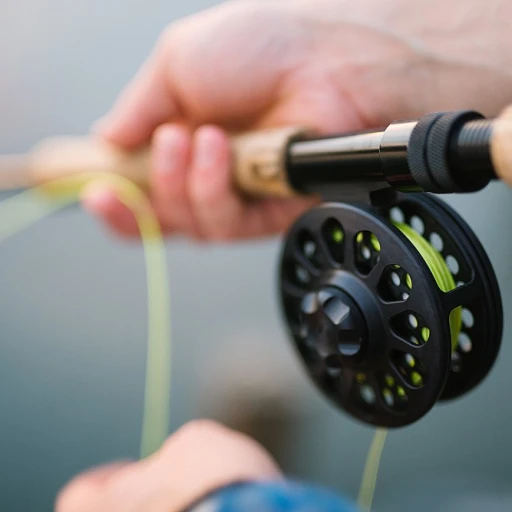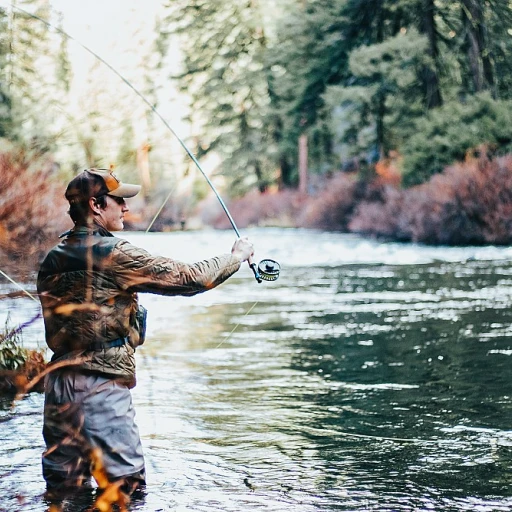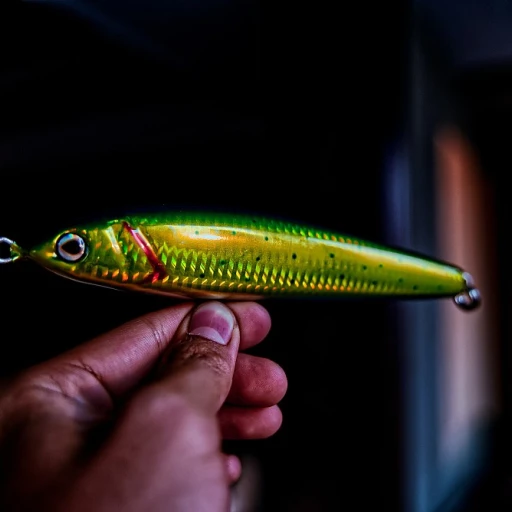
Understanding the Importance of Trailer Tie Down
The Significance of Proper Securing Techniques
Embarking on a recreational fishing trip is an enriching experience, but securing your fishing gear should never be taken lightly. Utilizing adequate trailer tie down techniques is key to ensuring that your gear reaches your destination safely and intact. Whether you're using heavy-duty ratchet straps from brands like Rhino USA, or other forms of tie downs, picking the right product for your needs is crucial. To avoid becoming a statistic in trailer related incidents, it's important to understand the break strength of your down straps and select the right design that will add security rather than risk. Often, people overlook the importance of a strong frame and reliable down anchors, not realizing that these elements influence the effectiveness of your tie downs. Finding the right tie down solutions involves considering factors like ease of use, the potential for items to slip, and potential hazards identified in california cancer or warnings gov. Addressing these concerns preemptively not only protects your gear but also those on the road around you. For more tips on ensuring the safety of your fishing trips, check out the comprehensive guide on mastering live bait fishing.Types of Trailer Tie Down Equipment
Exploring Different Equipment Choices for Trailer Tie Down
Selecting the right trailer tie down equipment can often feel like a heavy undertaking, given the diverse options available. Among the essentials are the ratchet straps, known for their robust design and heavy-duty break strength, which are available from brands like Rhino USA. These heavy-duty straps are engineered to handle the rigors of transporting fishing gear with ease and safety in mind. Slip hooks, with their practical design, offer an added layer of security for your fishing equipment. These are particularly useful when paired with spring-loaded ring tie mechanisms, ensuring that even on the bumpiest roads, your gear remains steadfastly secured. In addition to basic straps, down anchors and frame hooks can work wonders to stabilize your haul. Their smart design is tailored to fit various trailer frames, allowing for a snug and dependable hold. It's important to match these with appropriate straps to prevent any mishaps that could lead to an unexpected fall or equipment damage. For those transporting larger loads, consider a complete tie down kit, which could include down straps and ratchet mechanisms, all fashioned for durability. While the kit's initial investment may be higher, it could save costs in the long run by preventing wear and tear on individual components. If you're navigating through product offerings, a filter sort can assist in choosing equipment subjected to rigorous safety testing and backed by a sound warranty. In terms of safety, always refer to the product expose and warnings to ensure your equipment doesn't contain harmful chemicals, like those indicated by California cancer warnings and phthalate dehp concerns. When selecting a perfect inshore casting rod or trailer tie down equipment, understanding your specific needs and state regulations, such as those from California's warning product guidelines, ensures that your selections are compliant and tailored to your fishing style.Choosing the Right Trailer Tie Down for Your Needs
Selecting Your Ideal Trailer Tie Down System
Choosing the right trailer tie down is crucial for ensuring the safety and security of your fishing gear. With a variety of options available, it’s essential to consider what specifically suits your needs. Let's explore some key aspects to look out for.
Weight and Break Strength: Assess the weight of the items you will be securing. This will help determine the necessary break strength of your ratchet straps or down straps. A product like the Rhino USA heavy duty ratchet straps might be your answer, ensuring that the tie can handle the load effectively.
Material and Design: Opt for a trailer tie that includes smart design features, such as black powder-coated frames or heavy-duty spring-loaded rings, as these add both durability and ease of use. This is particularly important for frequent fishing trips where equipment is repeatedly secured and released.
Types of Tie Downs: You can choose from different mechanisms such as ratchet straps or down anchors. Consider the ease with which you can operate these, especially in wet or slippery conditions. For example, ring ties or slip-resistant down kits might provide added safety and reliability.
Product Warranties: Always check for warranties, such as those from reputable brands like Rhino USA. A good warranty not only assures you of the product’s reliability but also offers peace of mind against potential defects or failures.
Warnings and Precautions: Be aware of any product warnings, including those related to materials like phthalate DEHP, which are listed for exposure risks. In places like the state of California, specific warnings gov regulations apply to products sold, ensuring consumer safety.
It's also wise to view grid options and filter sort through various tie downs, considering truck trailer requirements and safety regulations. Remember, selecting the right tie down system is not just about effectiveness but also about ensuring safety and compliance with state regulations.
Step-by-Step Guide to Securing Your Fishing Gear
Step-by-Step Checklist for Stability and Security
Securing your fishing gear effectively is paramount to enhancing safety and preserving your equipment during transportation. Here's a simple yet detailed guide to ensure your recreational fishing trip is smooth and hassle-free.
- Start with the Right Equipment: Begin by selecting heavy-duty ratchet straps designed for high break strength. Rhino USA's design, for instance, boasts strong, reliable down straps perfect for this occasion.
- Prepare the Trailer: Position your trailer on a flat surface. This prevents slips and ensures that everything is anchored securely once tied down.
- Load Your Gear: Place the fishing gear carefully on the trailer frame. Ensure all items are evenly distributed to reduce the risk of shifting.
- Anchor and Secure: Use down anchors and ring ties to fasten the equipment. Ensure the tie-down points are robust and suitable for the load.
- Adjust the Straps: Adjust your straps ensuring they are tight yet not overly taut to avoid spring damage.
- Double-check for Safety: Inspect your setup for any view grids or potential product exposure hazards, particularly concerning warnings about materials like phthalate DEHP that some products might contain.
- Final Inspection: Perform a final safety check. This involves testing the stability of your trailer tie by gently trying to move the gear and observing any slips or falls that may indicate insufficient securing.
By following these steps, you enhance the efficiency of your tie-down process and ensure your fishing trip is both safe and enjoyable. Regular maintenance of the equipment and frequent checks prevent common mishaps associated with trailer tie downs.
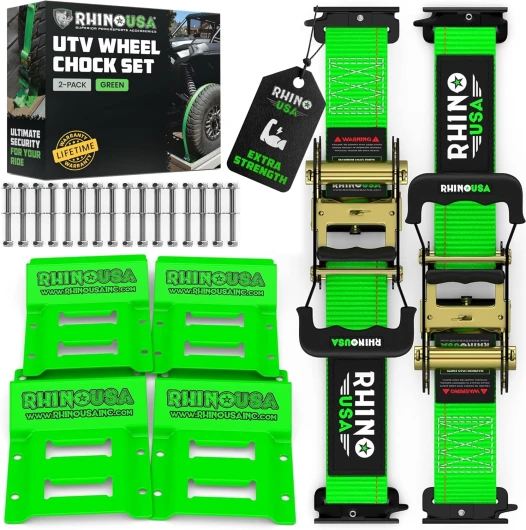
- + 4,500lb Break Strength for reliable support
- + Includes 2 heavy duty trailer tire ratchet straps
- + Comes with 4 wheel chocks for enhanced stability
- + Suitable for multiple vehicles: ATV, UTV, Lawn Mower, etc.
- + Designed for E Track System compatibility
Common Mistakes to Avoid with Trailer Tie Down
Avoiding Common Pitfalls in Trailer Tie Down
Securing your fishing trailer properly not only ensures safety but also keeps your gear in pristine condition. Some mistakes are common among anglers, which can reduce the effectiveness of tie-down systems and increase the risk of accidents or equipment loss. To help you avoid these costly errors, we've gathered insights on what to be wary of when dealing with trailer tie downs.- Overlooking Equipment Compatibility: Not all tie-downs are created equal. It’s crucial to ensure that your tie-down equipment matches the weight and size requirements of your trailer and gear. Utilizing a product with a lower break strength than required, such as a light-duty strap for a heavy load, can lead to disastrous results.
- Incorrect Placement of Tie Downs: Proper distribution of the down straps is essential to maintaining balance and stability. Secure the tie-down straps in strategic locations, such as the frame or designated down anchors. Avoid placing them where they might slip or fall, compromising the load's security.
- Neglecting Weather and Environmental Conditions: Take into consideration how surroundings can affect your tie-down systems. Certain materials, like those containing phthalate dehp, might degrade faster under exposure to extreme weather, so opt for heavy-duty, weather-resistant products like those from Rhino USA.
- Ignoring Manufacturer Warnings: Always pay attention to manufacturers’ warnings, such as those listed under warnings gov or state california advisories, especially when using products that might expose you to chemicals.
- Failing to Use Appropriate Accessories: Adding additional components like ring tie or down kit accessories can significantly enhance the security of your trailer tie system. Filter and sort through available options to find the most suitable ones for your setup.
Maintenance Tips for Trailer Tie Down Equipment
Keeping Your Trailer Tie Down Equipment in Top Shape
Proper maintenance of your trailer tie down equipment is essential for ensuring safety and durability. Well-maintained gear not only extends the life of your trailer tie system but also secures your fishing gear effectively, which is essential while navigating through different terrains.- Regular Inspection: It's crucial to inspect the tie downs regularly for any signs of wear and tear. Check for frayed straps, rusted metal components, or damaged hooks. Regular inspections can help prevent accidents caused by equipment failure.
- Clean and Dry: After every trip, ensure that the straps and other metal components are clean and dry before storing. Moisture can cause rust on metal parts, while dust and debris can weaken the straps. Using a dry cloth to wipe down the equipment after every use can help prevent corrosion.
- Lubrication: For any ratchet mechanism, use a suitable lubricant to keep the springs and gear mechanisms running smoothly. This reduces friction and wear, prolonging the life of the product.
- Storage Practices: Store your tie downs in a cool and dry place, preferably hung or laid flat without heavy items on them, to prevent any unintended bending or slipping.
